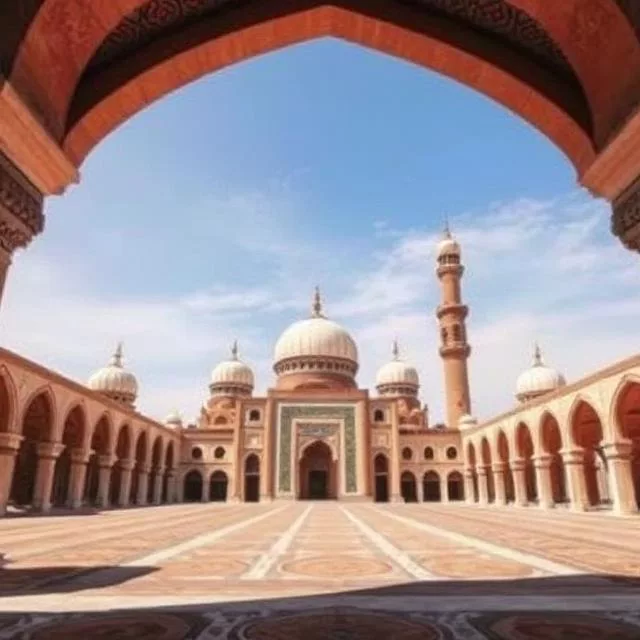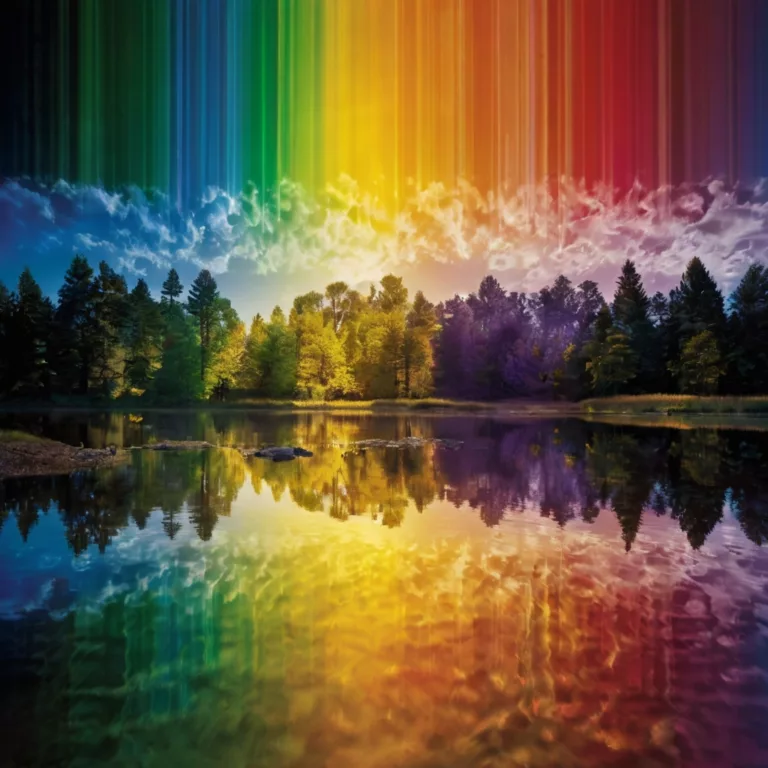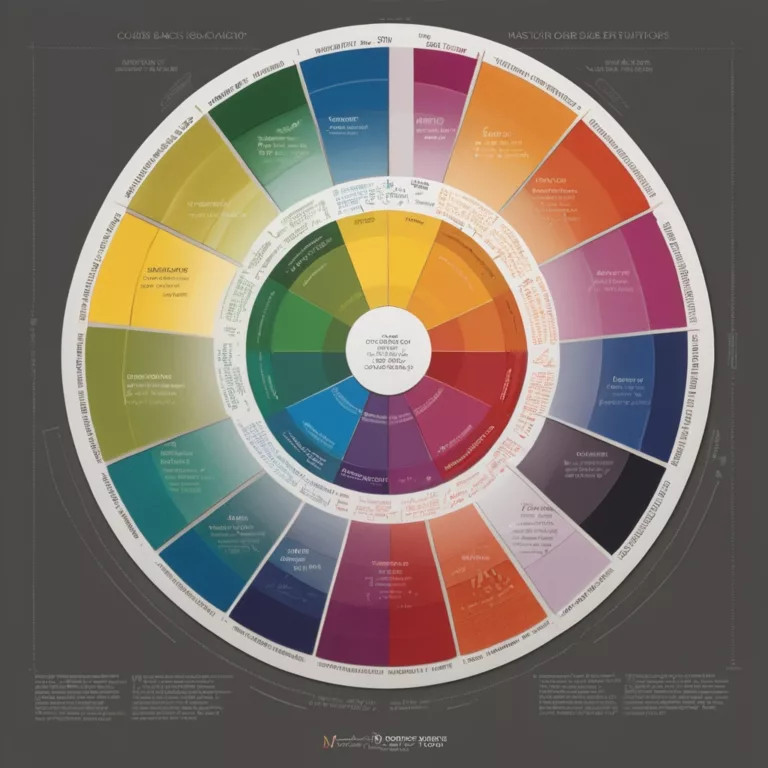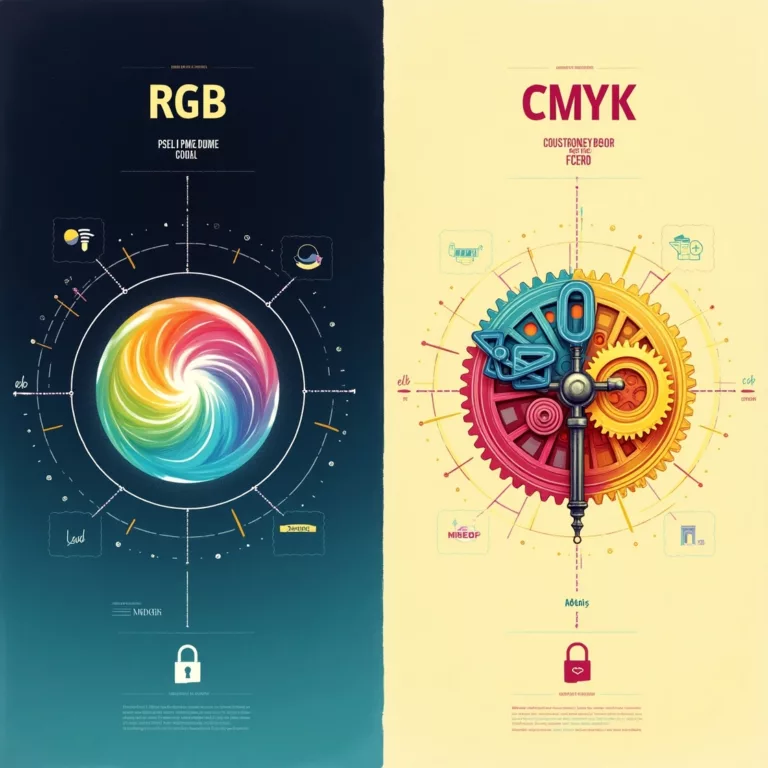Colors in History & Culture
The Fascinating History of Colors & Their Evolution
Colors have played a vital role in human history, shaping artistic expression, cultural identity, and even societal structures. From the earliest cave paintings to modern digital art, colors have evolved through discoveries, trade, and technological advancements.
Prehistoric and Ancient Colors
The earliest evidence of color use dates back to prehistoric times, when early humans used natural pigments such as ochre, charcoal, and hematite to create cave paintings. These primitive pigments were sourced from minerals, plants, and animal-derived materials. The famous Lascaux caves in France, adorned with vibrant depictions of animals and symbols, provide insight into the aesthetic and ritualistic significance of colors in early human societies.
In ancient civilizations, colors held profound meaning. The Egyptians, for instance, used specific colors in their art and hieroglyphics to represent divine concepts. Blue, derived from the rare and expensive lapis lazuli, symbolized the heavens and the gods, while green represented fertility and rebirth. The Romans and Greeks expanded the palette with imported pigments, using cinnabar for red and orpiment for yellow.
Symbolism of Colors in Islamic & Arabic Art
Islamic and Arabic art is characterized by its intricate use of color, often reflecting deep philosophical, spiritual, and cultural values. Unlike Western art, which frequently emphasized realism, Islamic art used color as a tool for abstraction and symbolism.
The Spiritual Significance of Colors
- Blue: Often associated with the divine and the infinite, blue appears frequently in Islamic architecture, particularly in Persian and Ottoman mosques. It signifies protection, as seen in the use of blue tiles in places of worship.
- Green: Considered the most sacred color in Islam, green is linked to paradise and eternal life. The Prophet Muhammad is said to have favored green, and it is widely used in Islamic flags and religious artifacts.
- Red: While red can symbolize both war and love, in Islamic art, it often represents power and vitality. Persian carpets, for instance, frequently incorporate red tones to enhance their richness and warmth.
- Gold and Yellow: Gold symbolizes wealth, divinity, and enlightenment, often adorning calligraphy and manuscript illuminations. Yellow, though less common, can represent wisdom and knowledge.
Arabic calligraphy and geometric patterns rely on vibrant contrasts, enhancing the visual impact of sacred texts and architectural designs. The interplay of color in illuminated Qur’ans and mosaic tiles exemplifies the unity between artistic beauty and spiritual devotion.
Ancient Pigments: How Colors Were Made Centuries Ago
Before synthetic dyes revolutionized the world of color, ancient societies relied on natural sources to create pigments. The methods of pigment extraction and preparation were often labor-intensive and required specialized knowledge.
Key Ancient Pigments and Their Sources
- Ultramarine: Derived from crushed lapis lazuli, ultramarine was one of the most precious pigments in history. Used extensively in illuminated manuscripts and Renaissance paintings, it was prized for its deep, rich blue.
- Cinnabar & Vermilion: Cinnabar, a mineral form of mercury sulfide, was ground into a vibrant red pigment known as vermilion. The Chinese and Romans utilized it for frescoes, ceramics, and manuscript illustrations.
- Indigo: Extracted from the indigofera plant, indigo was a highly valued dye, particularly in textiles. Its deep blue hue adorned royal garments and sacred objects.
- Mummy Brown: A rather macabre pigment, mummy brown was made from ground-up Egyptian mummies, mixed with resin to create a rich brown shade. Though widely used in European painting, it fell out of favor as knowledge of its origins spread.
- Tyrian Purple: Sourced from the mucous secretions of sea snails, Tyrian purple was a symbol of power and nobility in ancient Rome and Byzantium. It was so rare and expensive that it was reserved for emperors and high-ranking officials.
The Evolution of Color in Modern Times
With the advent of chemistry and industrialization, the discovery of synthetic dyes in the 19th century revolutionized the accessibility and permanence of colors. The invention of aniline dyes allowed for a broader spectrum of hues, enabling artists and designers to experiment with vibrant, long-lasting colors.
Today, digital technology has further expanded our perception of color. Screens and digital media employ RGB (red, green, blue) and CMYK (cyan, magenta, yellow, black) models to recreate an infinite range of shades. While synthetic pigments have largely replaced natural ones, the cultural and historical significance of colors remains deeply rooted in societies worldwide.
Conclusion
The story of colors is as rich and diverse as human civilization itself. From the spiritual symbolism of green in Islamic art to the painstaking extraction of ultramarine from lapis lazuli, colors have shaped human expression for millennia. Understanding their historical and cultural evolution offers a deeper appreciation for the role they continue to play in our lives, whether in art, fashion, or daily existence.
Art11deco







